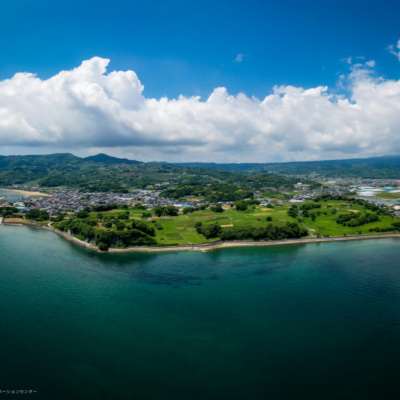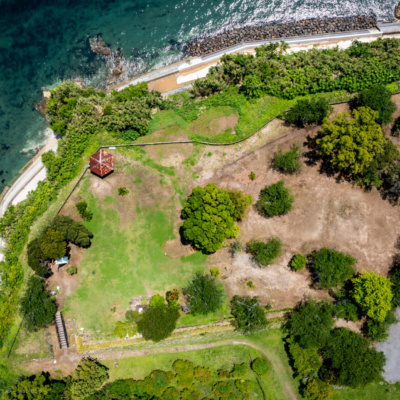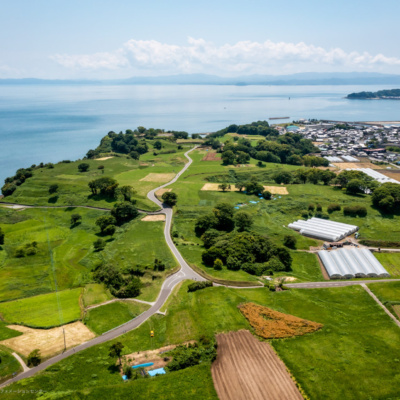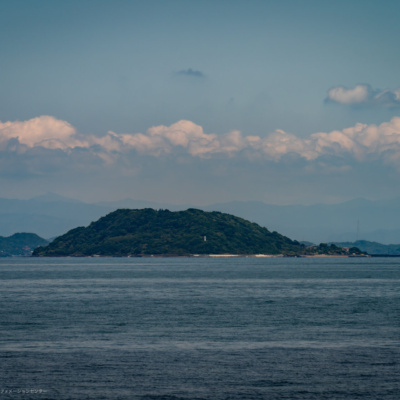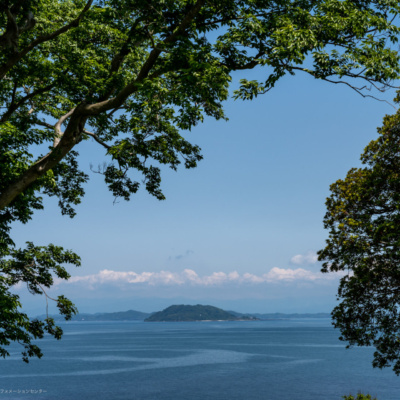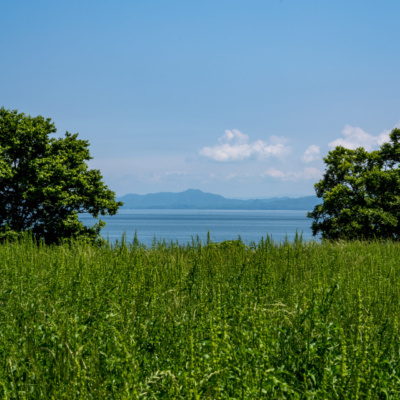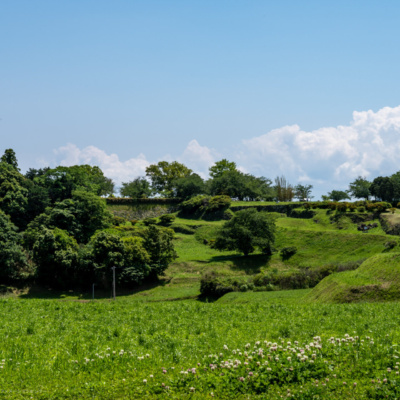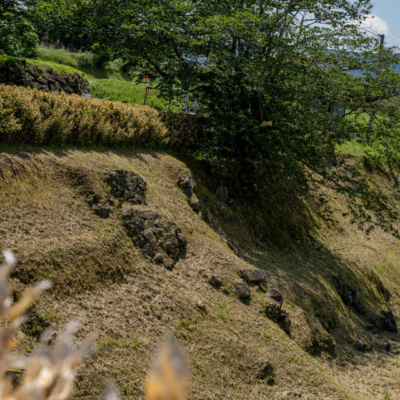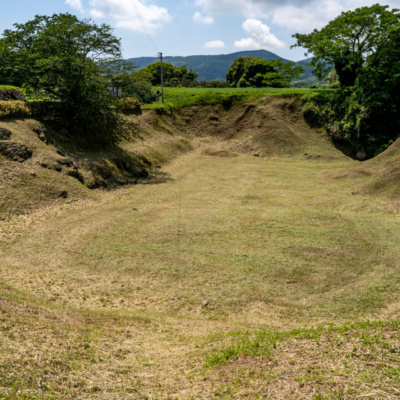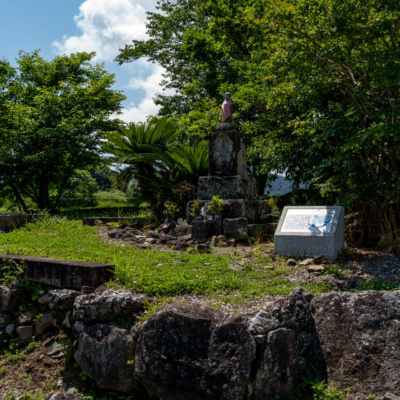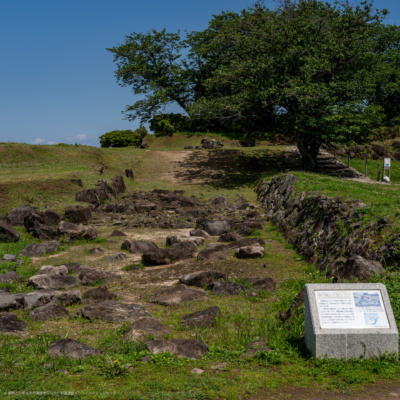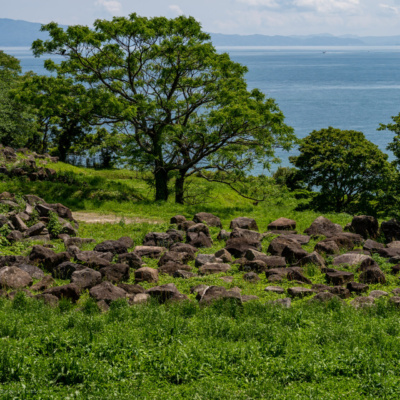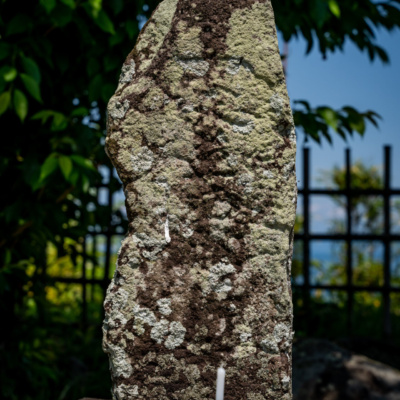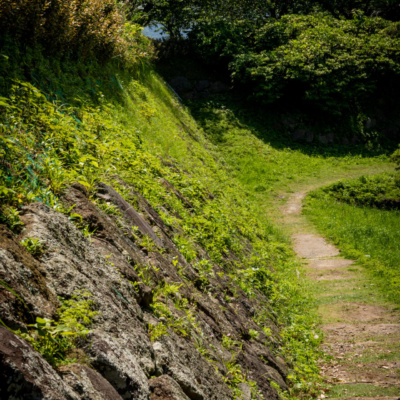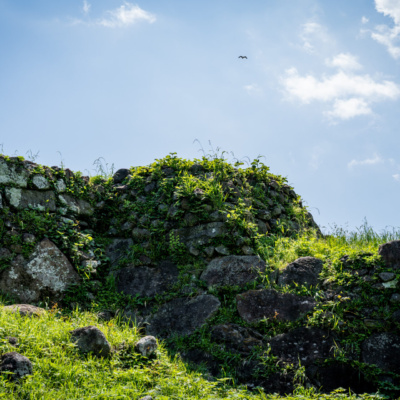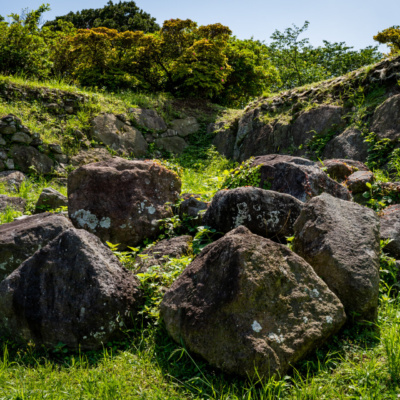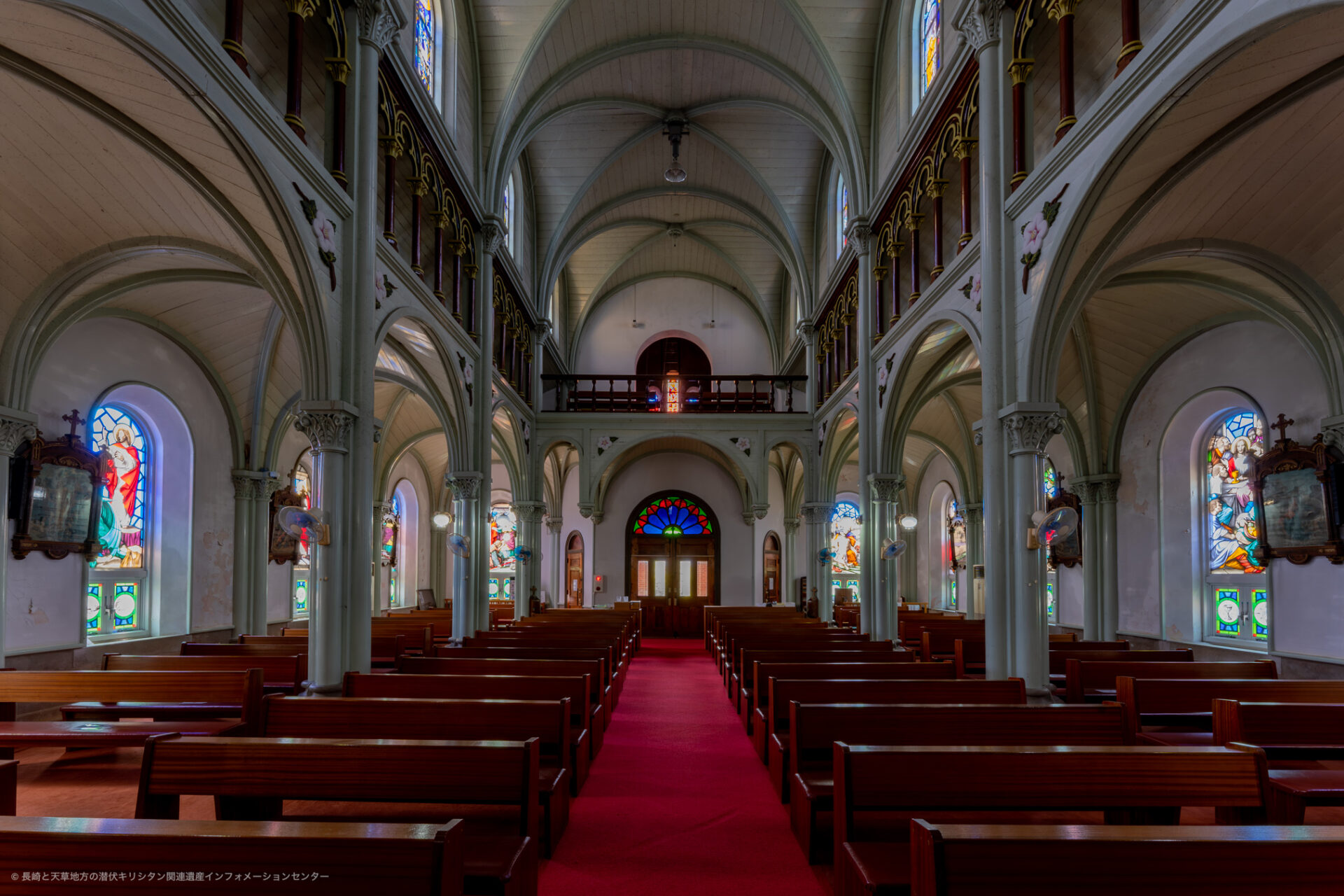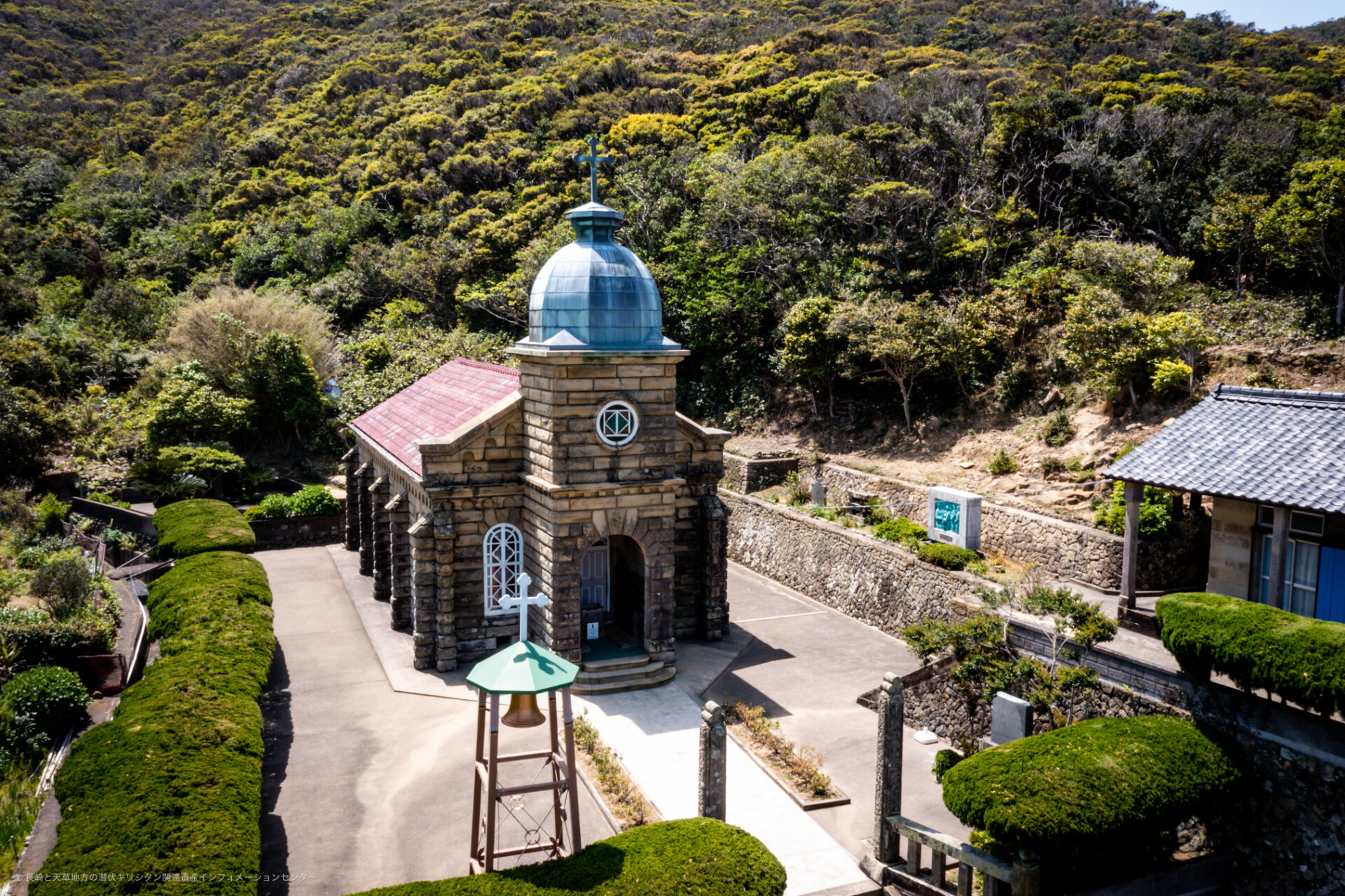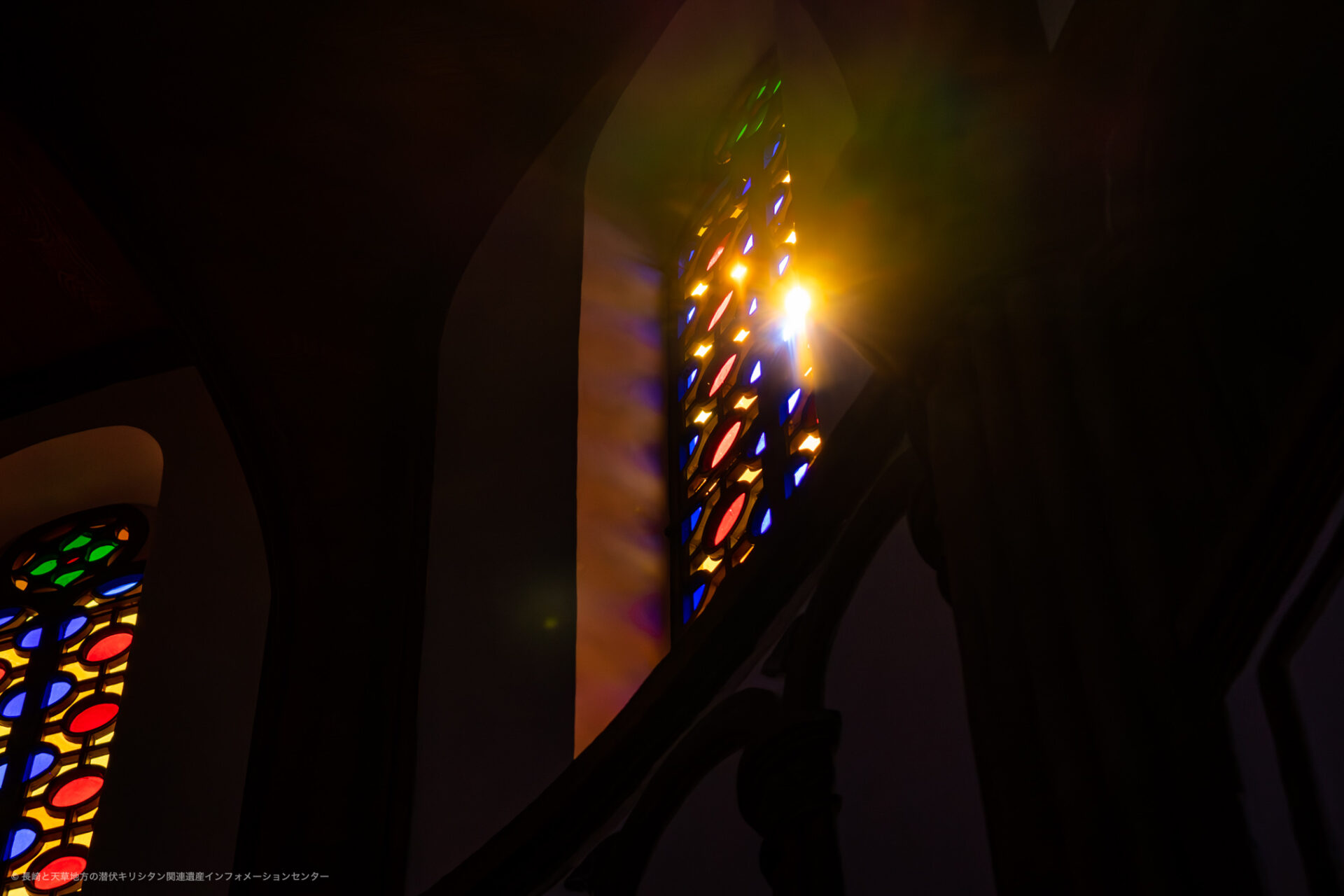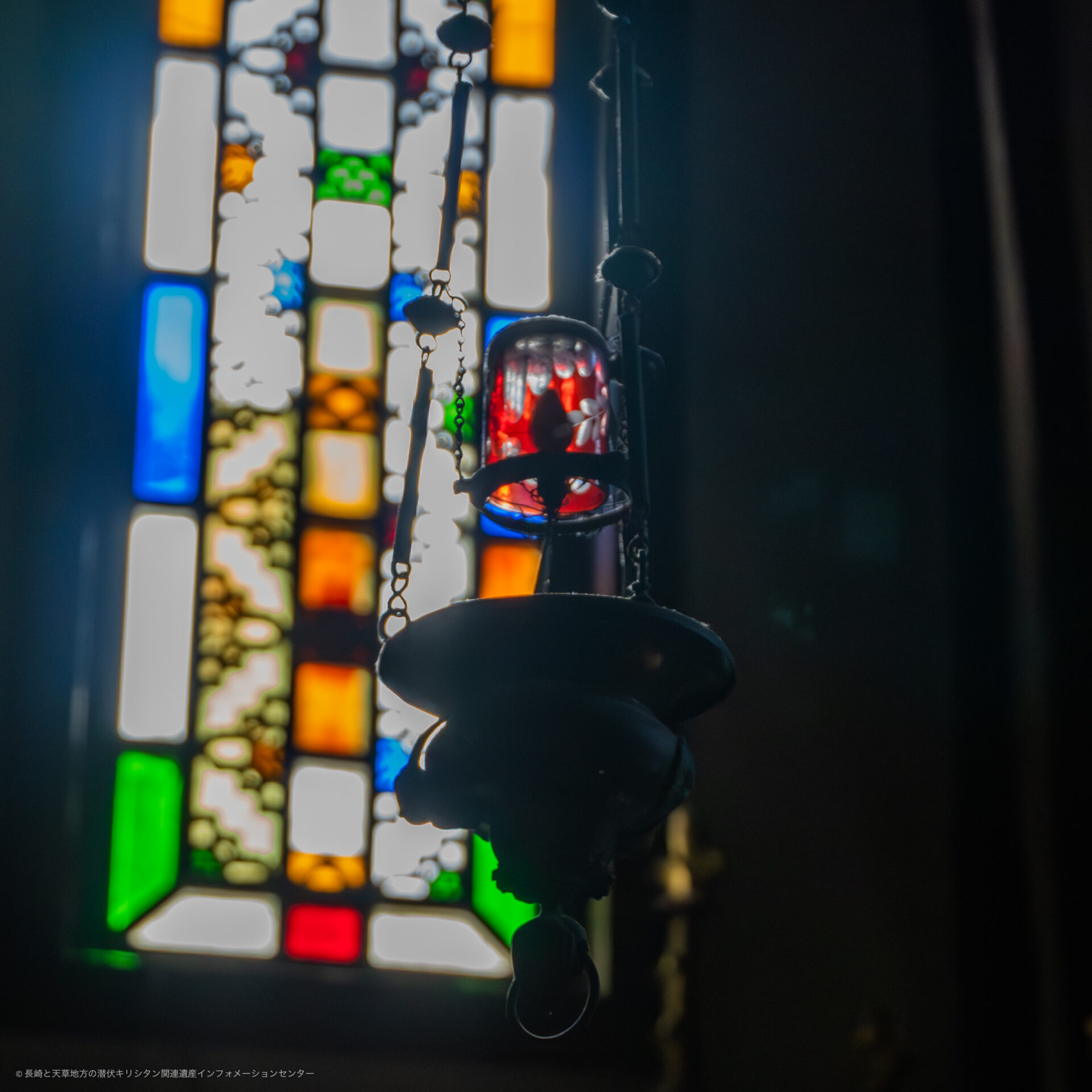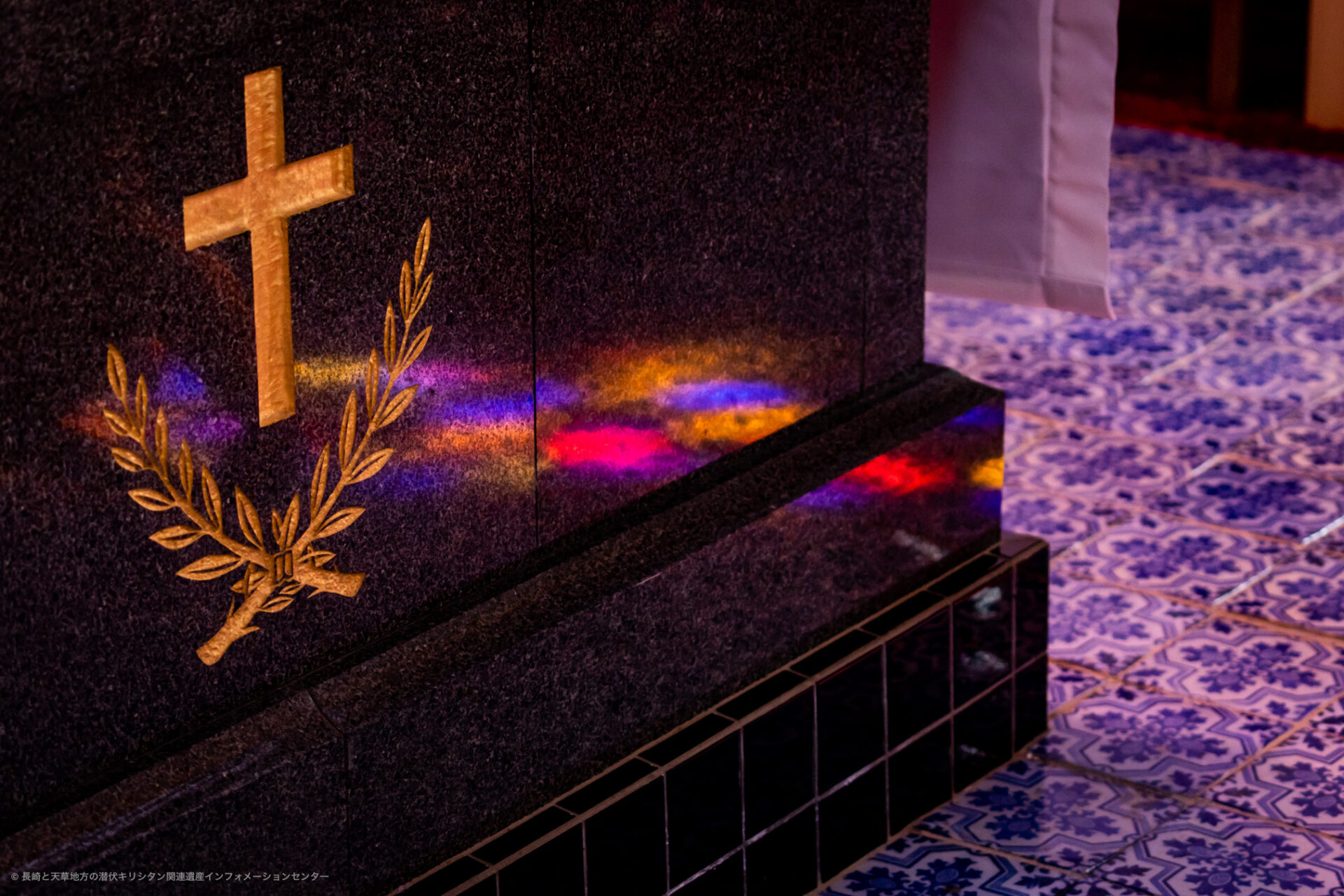Touching history Visiting Churches
Remains of Hara Castle
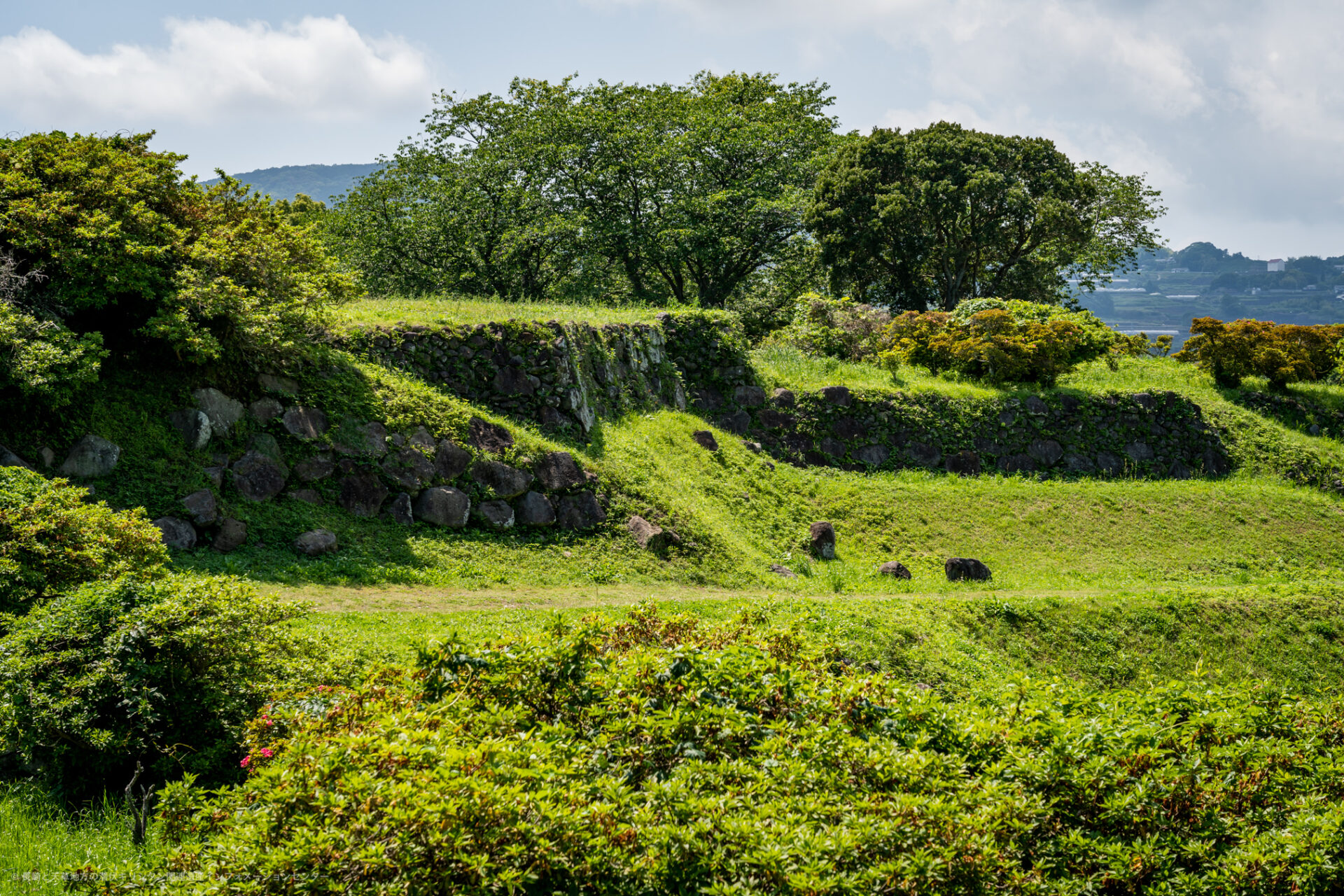
Remains of Hara Castle
For visitors to Remains of Hara Castle
The component property “Remains of Hara Castle”, is the site of a battle between the Shogunate forces and the revolts that rose up against the oppressive government.
For conservation and management reasons, parking is not allowed within the historic site.
Please use the dedicated parking lots (Oteguchi Parking Lot or Remains of Hara Castle Parking Lot) to explore the historic site before visiting.
Cultural assets, etc. included in the constituent assets
| Designation title as cultural assets | Designation category | Designation year |
| Remains of Hara Castle | Historic Site designated by the national government | 1938 |
History of Christianity in the region.
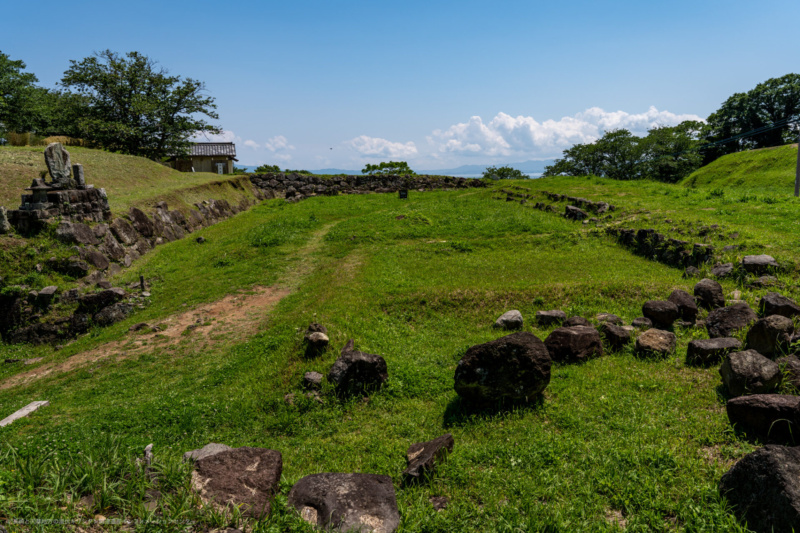
Christianity was introduced to the Shimabara Peninsula around 1563. It began when the Jesuit missionary Luís de Almeida (1525?-1583) visited Yoshisada Arima, the lord of the time.
Almeida was allowed by Yoshisada to proselytize in Kuchinotsu, preaching his doctrine to a growing number of followers, and he also obtained permission from the lord of Shimabara to proselytize there.
However, Christian missionary work did not make much headway on the Shimabara Peninsula, where Mt. Unzen was revered as a sacred mountain and mountain worship and Buddhist asceticism had been practiced since ancient times.
Missionary work did not come to fruition until after Harunobu Arima’s baptism in 1580.
The number of Christian believers increased as a result of mass conversions of the territory’s residents, and Japan’s first seminary (elementary seminary) was established under Hinoe Castle.
In 1582, four of the first students of this seminary went to Rome as Tensho Ken-o Shisetsu (the Tensho Embassy to Europe).
After the Christian ban of 1614, persecution of Christians spread to the region, and missionaries were expelled from Nagasaki.
History of Hara Castle
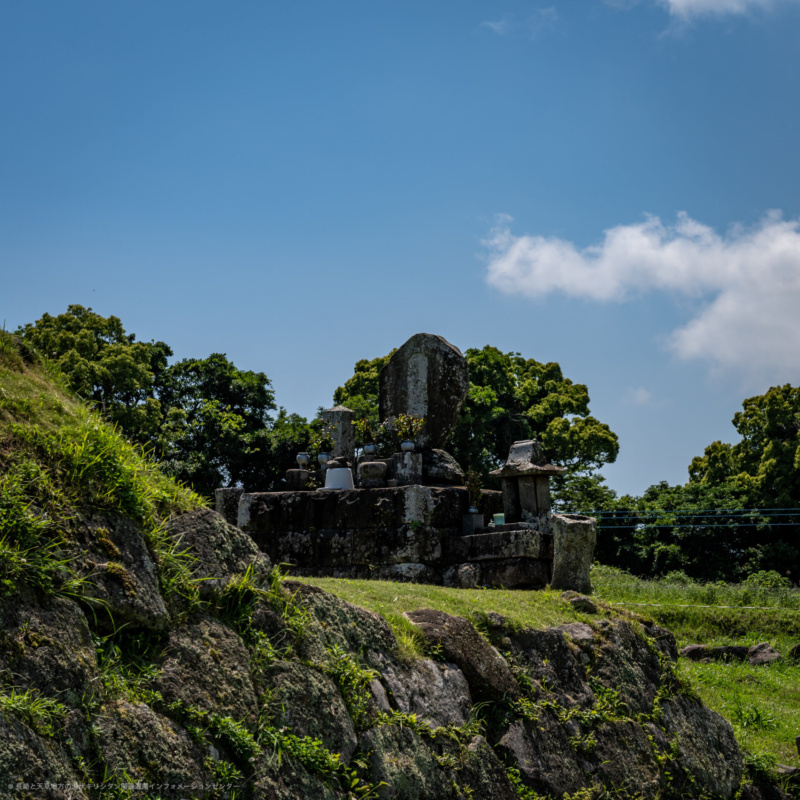
Arima Takazumi, the ninth head of the Arima clan, built Hara Castle in 1496 as a branch castle of Hinoe Castle.
In the late 16th century, the castle was developed as the residence of the 14th head of the family, Harunobu Arima.
In 1616, Shigemasa Matsukura entered the domain as the first lord of Shimabara. In order to build Shimabara Castle, Matsukura abandoned Hinoe Castle and Hara Castle in accordance with the Ikkoku Ichijo Rei(Law of One Castle per Province).
In the various regions of Shimabara, the people were suffering from a combination of poor harvests due to the drought since 1634 and the oppressive rule of Shigemasa Matsukura, the lord of the domain, and his heir, Katsuie.
Meanwhile, across the sea in Amakusa, the people were suffering under the harsh political rule of Hirotaka Terasawa, the first lord of the Karatsu domain, and his heir, Katataka.
The suppression of Christianity by order of the shogunate added to these hardships, and the people of both regions rose against the shogunate.
The revolt of the revolting forces gradually gained momentum, and the Amakusa forces crossed into Shimabara, where the two armies joined forces, leading to the Shimabara-Amakusa Rebellion of 1637.
The battle between the revolters and the Shogunate forces holed up in the ruins of Hara Castle was tremendous, and the revolters were annihilated by the Shogunate forces, though they numbered over 30,000 men.
After the revolt ended, both Katsuie Matsukura and Kenkataka Terasawa were held accountable for their harsh collection of tribute and were punished.
This one incident also led to the severing of diplomatic relations between Japan and Portugal.
After the Shimabara-Amakusa Rebellion ended, Hara Castle was thoroughly destroyed and the bodies of the slaughtered revolters were buried within the castle grounds to prevent a similar event from occurring.
In 1938, it was designated a National Historic Site.
Surroundings and location
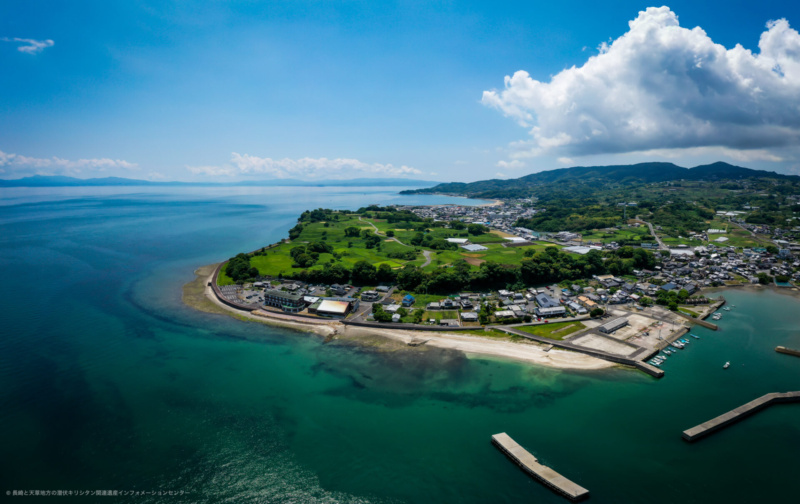
Minami-Shimabara City, where the ruins of Hara Castle are located, is in the southeastern part of the Shimabara Peninsula.
Facing the Ariake Sea, the Uto Peninsula and the Amakusa Islands in Kumamoto Prefecture stretch across the opposite shore.
The Remains of Hara Castle are located in the southern part of Minami-Shimabara City on a plateau jutting out into the Ariake Sea.
Also, from the flat areas such as the main castle circle, one can see Yushima (called Dango-jima), which is closely related to the Shimabara-Amakusa Rebellion, as well as the Amakusa Islands.
Overview
| Prior notice | None |
| Address | Otsu, Minamiarima-cho, Minamishimabara City,Nagasaki |
| Parking area | Visitor parking(“Remains of Hara Castle”)/Visitor parking(“Oteguchi Parking”)*Parking is prohibited inside the historic site. |
| Related data | Priority areas for the prevention of littering【PDF file(Approx. 40 KB)】 |
Traffic Access

Access Map
Gallery
